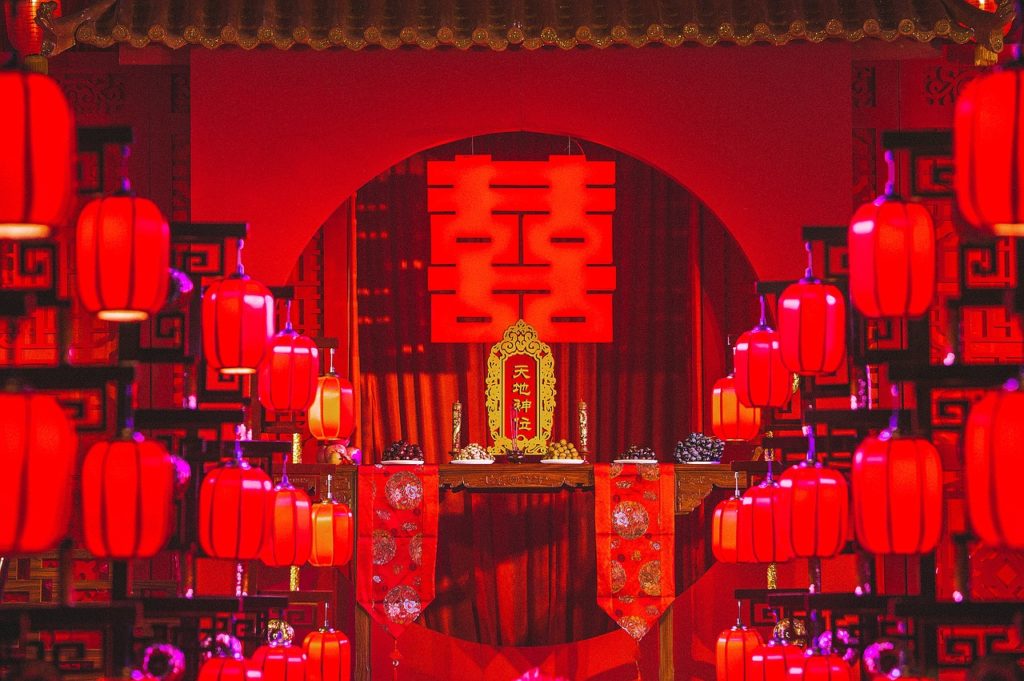A client recently wrote one of our China trademark lawyers asking whether a trademark application for a color device (aka logo) should be in color or black-and-white. We responded as follows:
Registering a black and white device in China protects the logo regardless of the actual color scheme used on the device. For this reason we typically recommend our clients apply for the black-and-white version of their trademark.
But if the color scheme for the device is part of the trademark, such as UPS’ brown-and-beige, FedEx’s purple-and-orange, John Deere’s green-and-yellow, it is important that you secure a China color combination trademark as well.
1. China’s trademark office almost never grants single color trademarks.
Do you know what you can’t generally protect with a China trademark? A single color. Article 8 of China’s Trademark Law reads as follows:
An application may be made to register as a trademark any mark, including any word, device, any letter of the alphabet, any number, three-dimensional symbol, color combination and sound, or any combination thereof, that identifies and distinguishes the goods of a natural person, legal person, or other organization from those of others. [bold added for emphasis]
There has though been some gradual movement toward allowing single color trademarks, notably in the Louboutin case, in which a distinctive shade of red, used in a very specific fashion (shoe soles), was allowed to be registered as a trademark. We also many years ago were able to register a single color for a well known hardware company that colorizes one of its products when virtually no other companies do so. But you absolutely should not count on being able to secure a a one color China trademark.
2. China’s trademark office does grant color combination trademarks.
What this means is that China will only approve a trademark registration for a combination of colors, i.e., two or more colors used together. So Tiffany blue, T-Mobile magenta and Owens-Corning pink are probably not protectable in China as trademarks. This also holds true for UPS brown (aka Pantone Matching System 462C), which is protected in the U.S. by U.S. Trademark Reg. No. 2,901,090 for transportation and delivery services, as applied to the surface of delivery vehicles and uniforms.
For most companies that use color marks, the requirement of a color combination is not an issue because “their” color is not itself an essential part of the trademark. And if color is an essential part of the trademark, it is likely that the color is already in a combination or can be easily made to be part of a combination.
So though UPS can register the color brown by itself as a trademark in the United States, in China it would need to use the brown-and-beige color combination. And though Caterpillar may want a China trademark for the particular shade of yellow it uses on its logo and equipment, it could instead register the yellow-and-black combination that appears on its “Cat” logo as a China trademark.
3. The “sufficiently distinctive” trademark requirement.
To register a color combination as a China trademark, your application must include a color sample as well as a Pantone color and the color combination must be sufficiently distinctive with respect to the goods or services you are seeking to protect. The chances are not good for getting a red-and-gold color trademark for wedding services because the trademark office probably not consider that sufficiently distinctive.
4. The importance of being “first to file”.
It is also of critical you understand that China is a first to file country for all trademarks. So if you want your color combination to have China trademark protections, you must be the first to submit the trademark application. If someone else secures the trademark before you, you will not be able to export your products from China or sell your product or services in China without violating the trademark of the person/company who owns that trademark. For more on the importance of acting quickly to secure a China trademark, check out I’m Being Sued in China for Infringing My Own Trademark? Or, Do You Feel Lucky, Punk?

























